by Amanda K. Martin
Powdermill Nature Reserve is home to a wide variety of creatures whose presence remains undetected by most human visitors. One way that scientists can explore the animal diversity of an area is by a method called pitfall trapping (Fig. 1A). For research into the Reserve’s amphibian diversity, I was part of a small team who placed pairs of 5-gallon buckets in the ground 8 feet apart, with their rims at surface level. We then set up a low metal fence between each pair of buckets (Fig 1A). Animals moving along the forest floor who encountered the fence would generally follow the barrier, to the left or to the right, and fall into one of our traps.
We checked our pitfall traps every morning during the study period, noting which species we had captured, along with their size and weight, before releasing them unharmed. As an amphibian study our trapping targets were frogs, toads, salamanders, and newts, and we were successful in documenting their presence. Across ten sample periods of ten days each, we captured 1,962 individual amphibians representing 17 different species! (Fig. 1B)

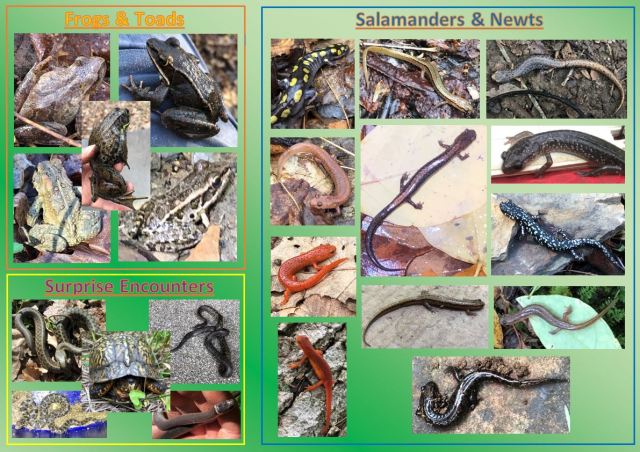
Pitfall traps also capture non-target species, called by-catch, a term that give little indication of the surprising encounters some of these creatures create. Normally I see a wide variety of invertebrate species when I check my traps, including millipedes, large beetles, spiders, crayfish, and even moths. Additionally, this year we captured a Northern water snake (Nerodia sipedon; Fig. 2A) and four eastern garter snakes (Thamnophis sirtalis; Fig. 2B). More surprisingly, one trap briefly detained a fledging Wild Turkey (Meleagris gallopavo, Fig. 2C)!
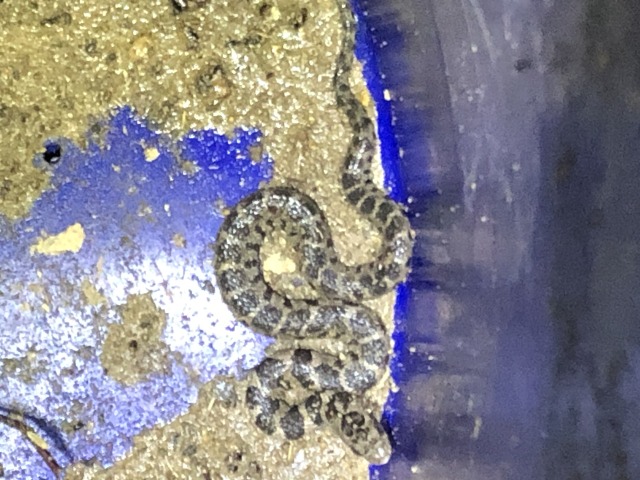
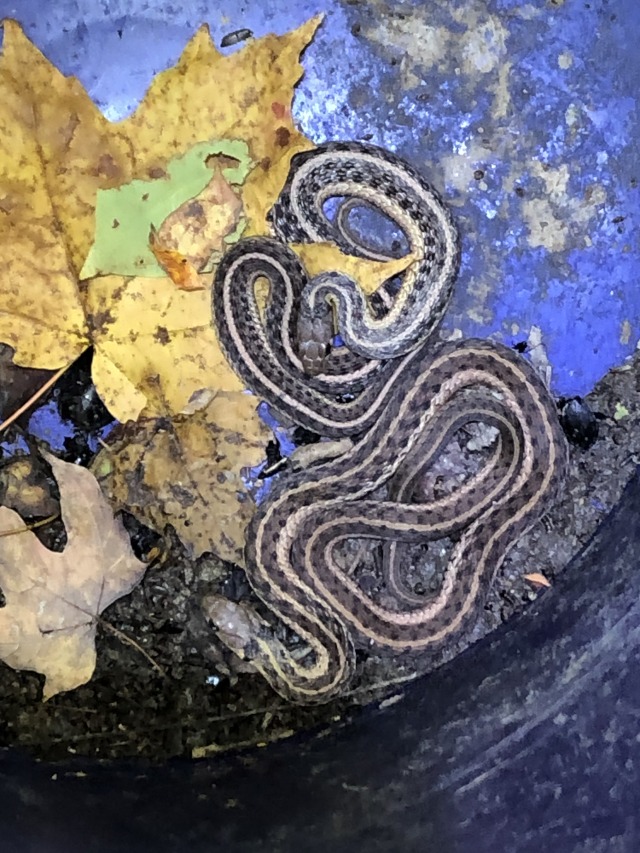
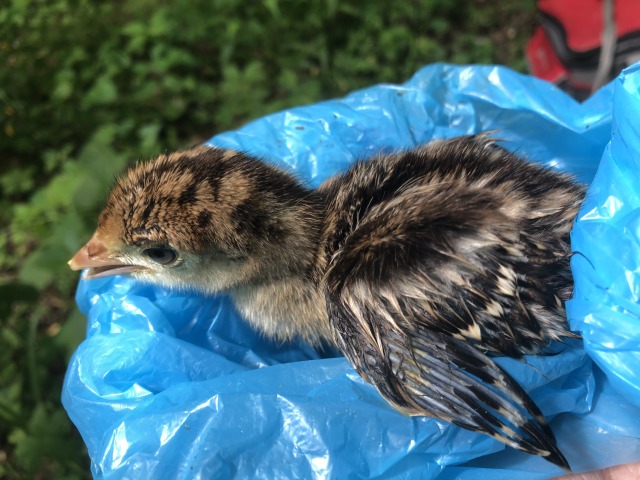
Our study’s pitfall trap by-catch also included several different mammals that scurry across the forest floor: We caught different species of mice (Fig. 3A), shrews, voles (Fig. 3B), and on single occasions a chipmunk (Fig. 3C), mole, or even an opossum! Our traps contained moist sponges to provide water for these small mammals, along with small sections of PVC pipe for shelter. We also found that anchoring a jute string to the bucket edge overhang, with knots tied every 50 – 60 mm, reduced small mammal by-catch. The string provided a means for small mammals to climb up to the ground surface and escape on their own—except for a tiny eastern cottontail rabbit (Fig. 3D), which was safely released after we encountered it.
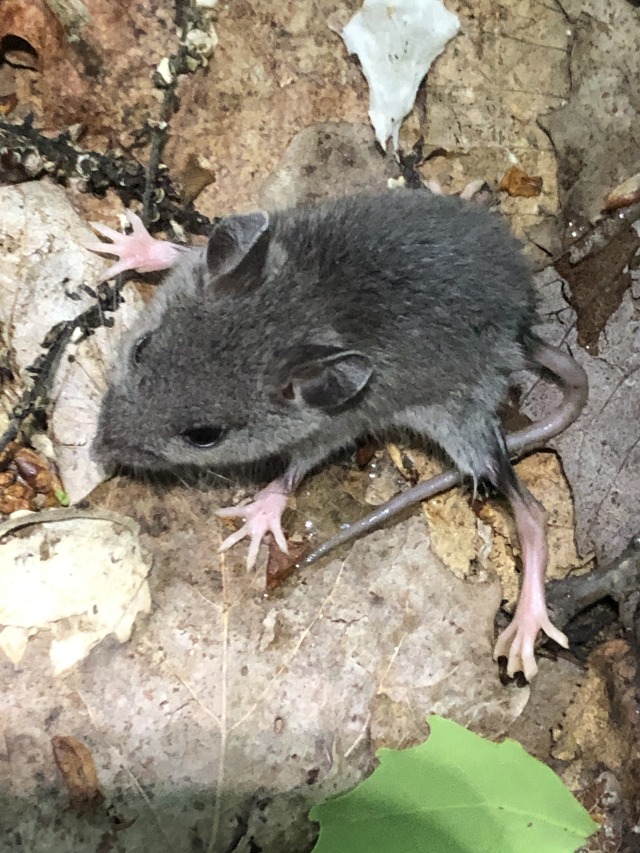
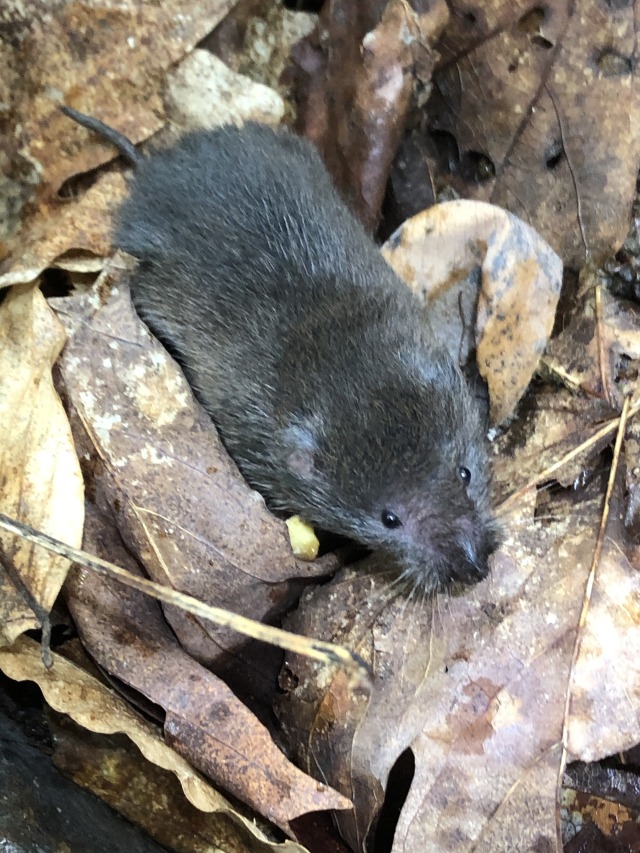
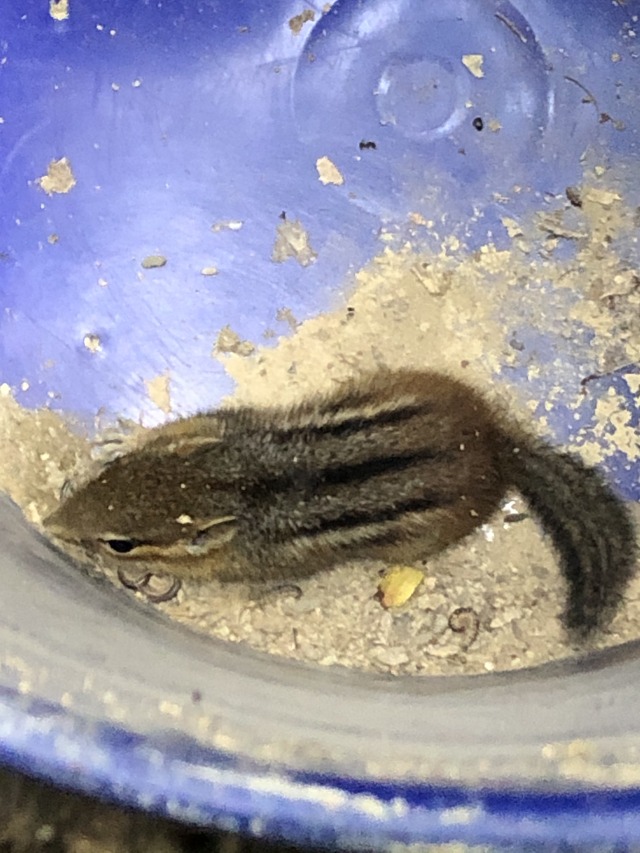
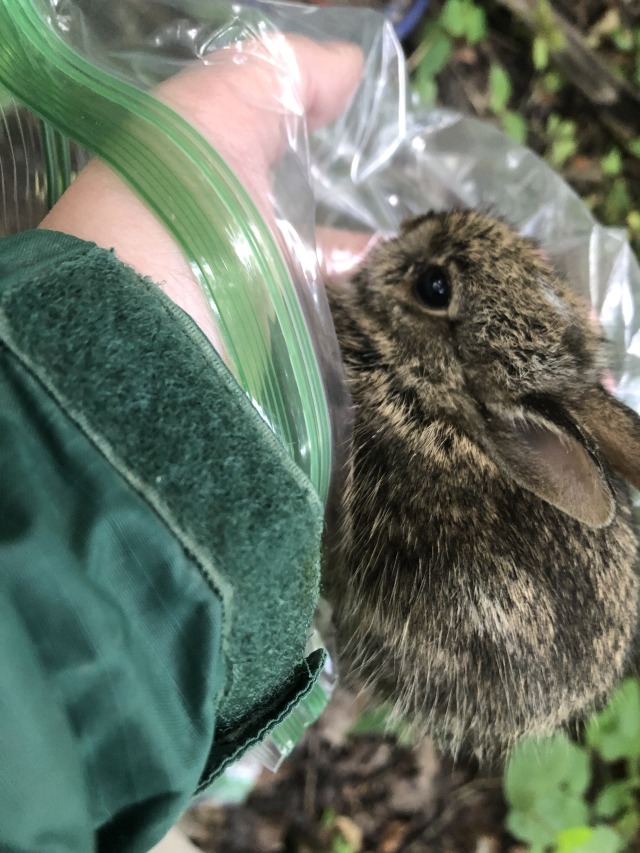
In addition to encounters with the animals caught in our pitfalls, the time we spent checking the traps provided opportunities to observe other wildlife passing through the forest. On one occasion while my field assistant and I were measuring an Allegheny dusky salamander (Desmognathus ochrophaeus) we heard a loud noise. When we both looked up a wooded slope in the direction of the sound we were shocked to see a black bear (Ursus americanus) approaching. I took a quick photo (Fig. 4), released the salamander, and we cautiously watched the bear come down the hill and walk off. The incident was nerve-wracking in the moment, but very exciting in retrospect! Also, while relaxing outside my cabin one day after a long fieldwork session, I was lucky enough to spot a bobcat walking past —a great bonus to spending so much time in the forest!
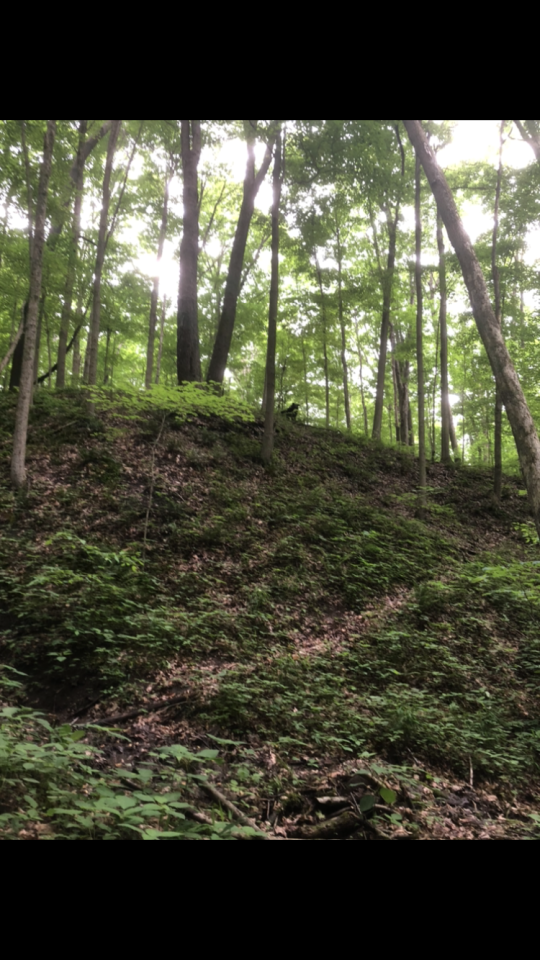
All research was conducted under approved permits. Photos by A.K. Martin.
Amanda K. Martin is the Rea Postdoctoral Fellow in the Section of Amphibians and Reptiles. Museum employees are encouraged to blog about their unique experiences and knowledge gained from working at the museum.
Related Content
How To Catch 311 Amphibians in 10 Days
The Search for the Near Threatened Green Salamander, Aneides aeneus
Overwintering for Amphibians and Reptiles
Carnegie Museum of Natural History Blog Citation Information
Blog author: Martin, Amanda K.Publication date: September 3, 2021
